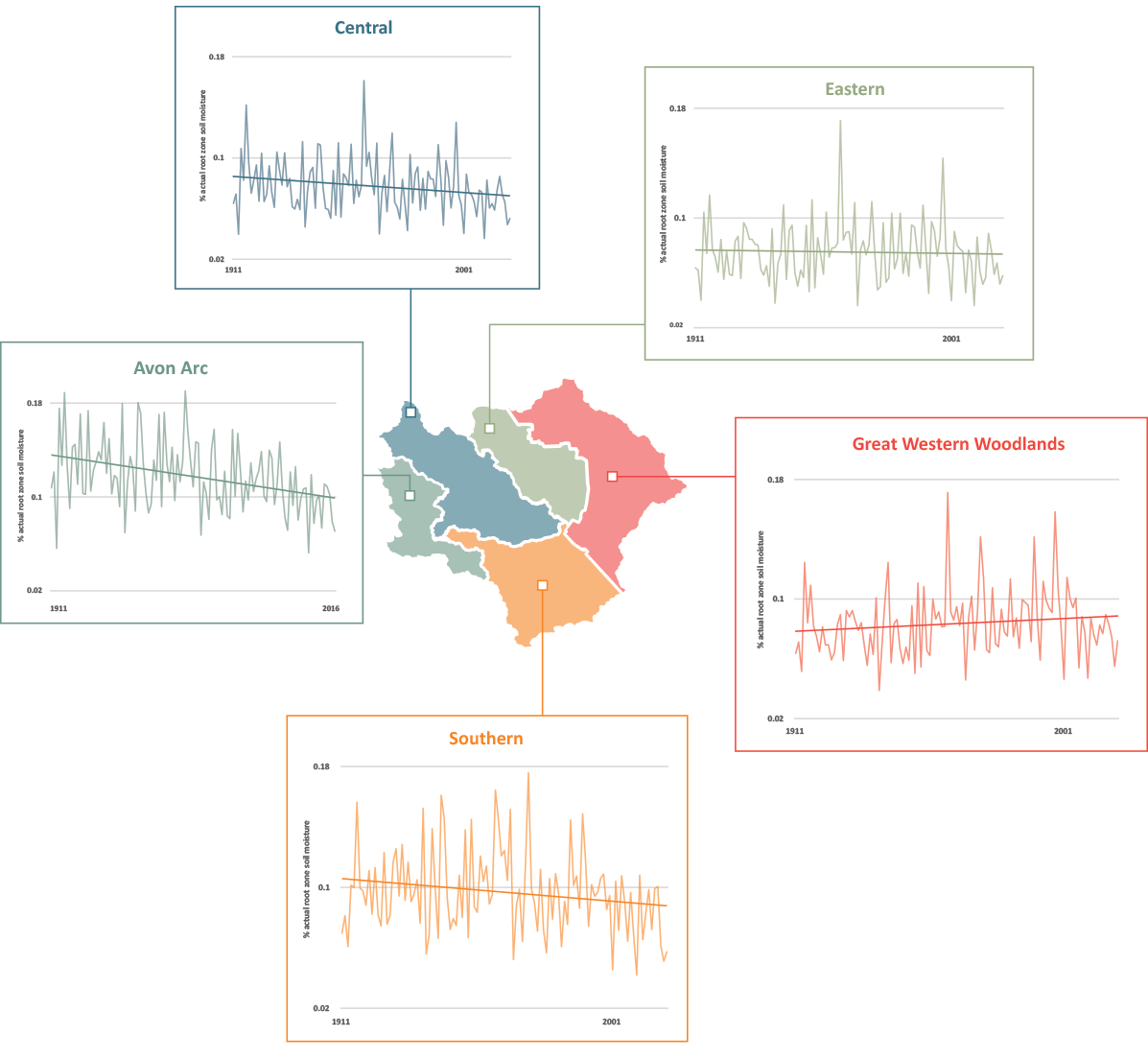How can we monitor progress?
Wheatbelt NRM uses the following data to help monitor the amount of water in the Avon River Basin catchment: regional catchment run-off, root-zone soil moisture, fire occurence, bushfire potential, river levels and rainfall.

